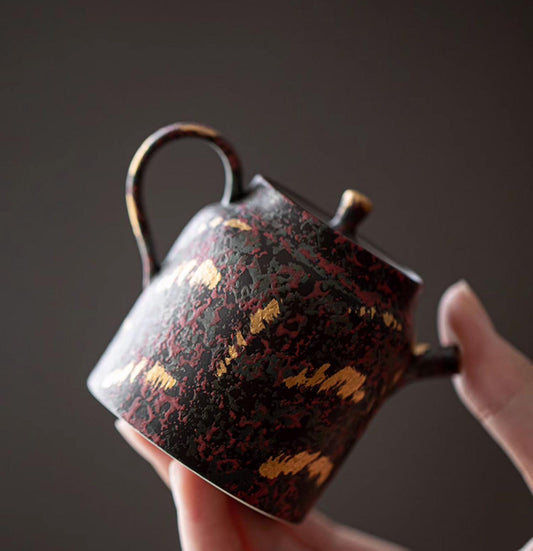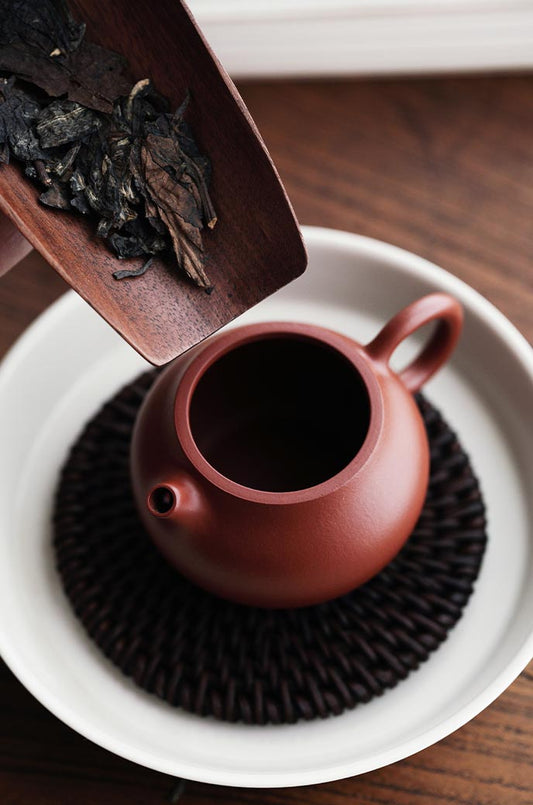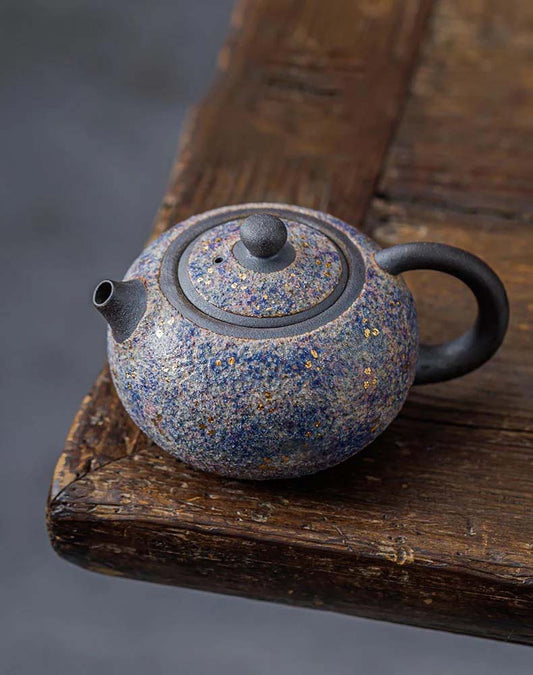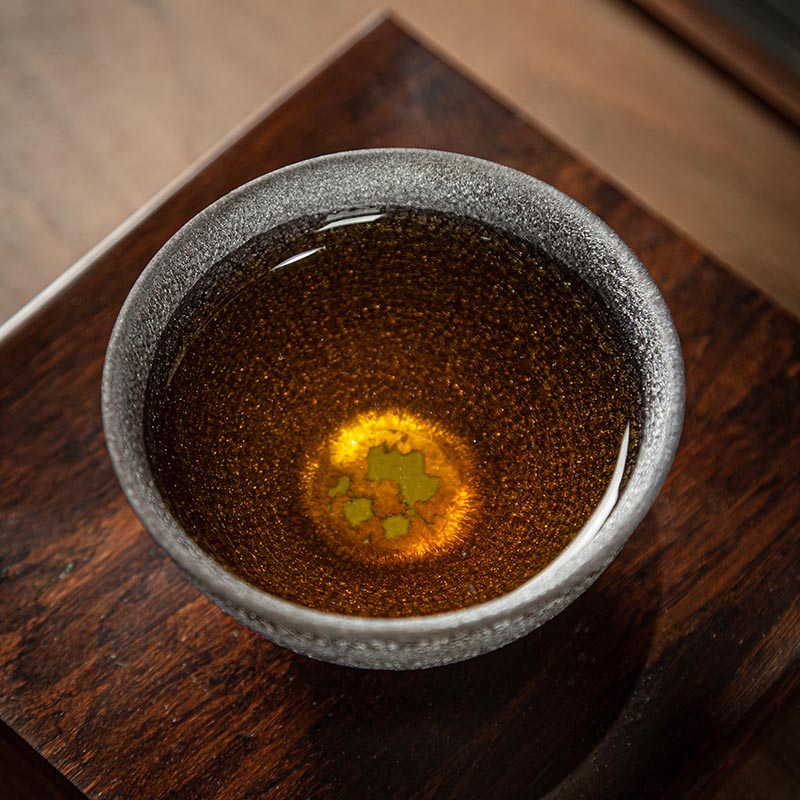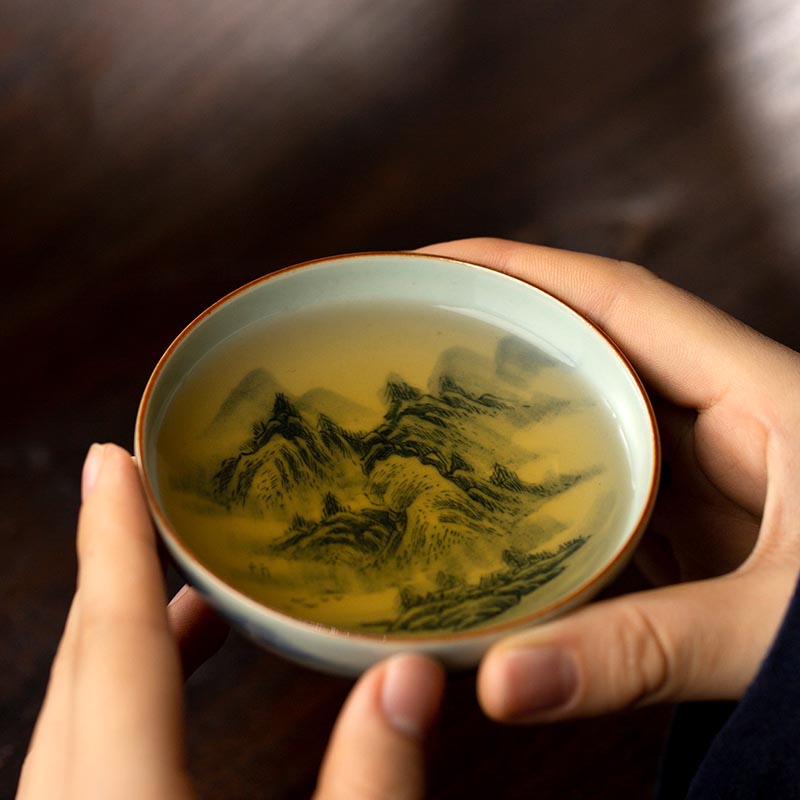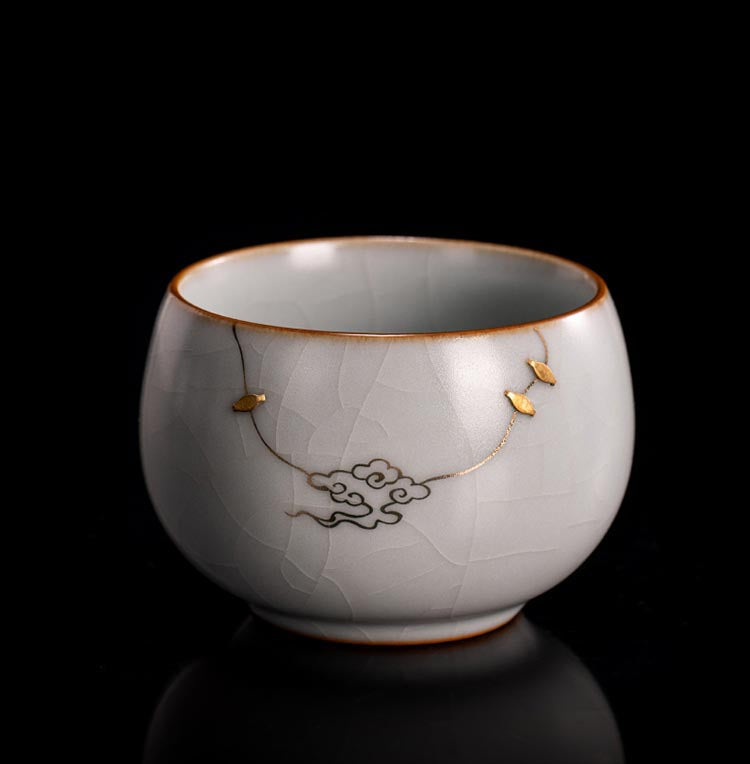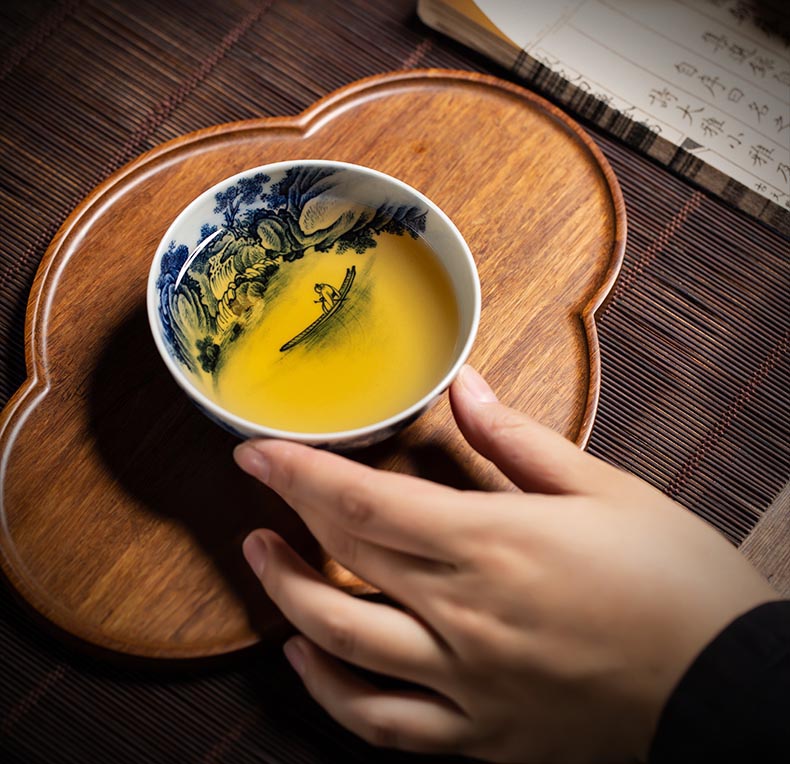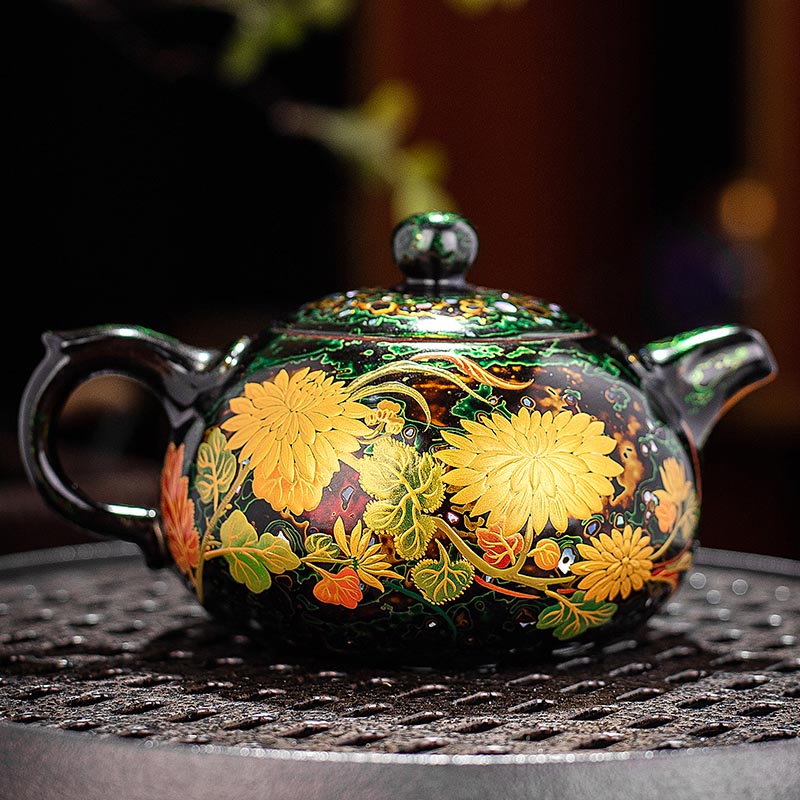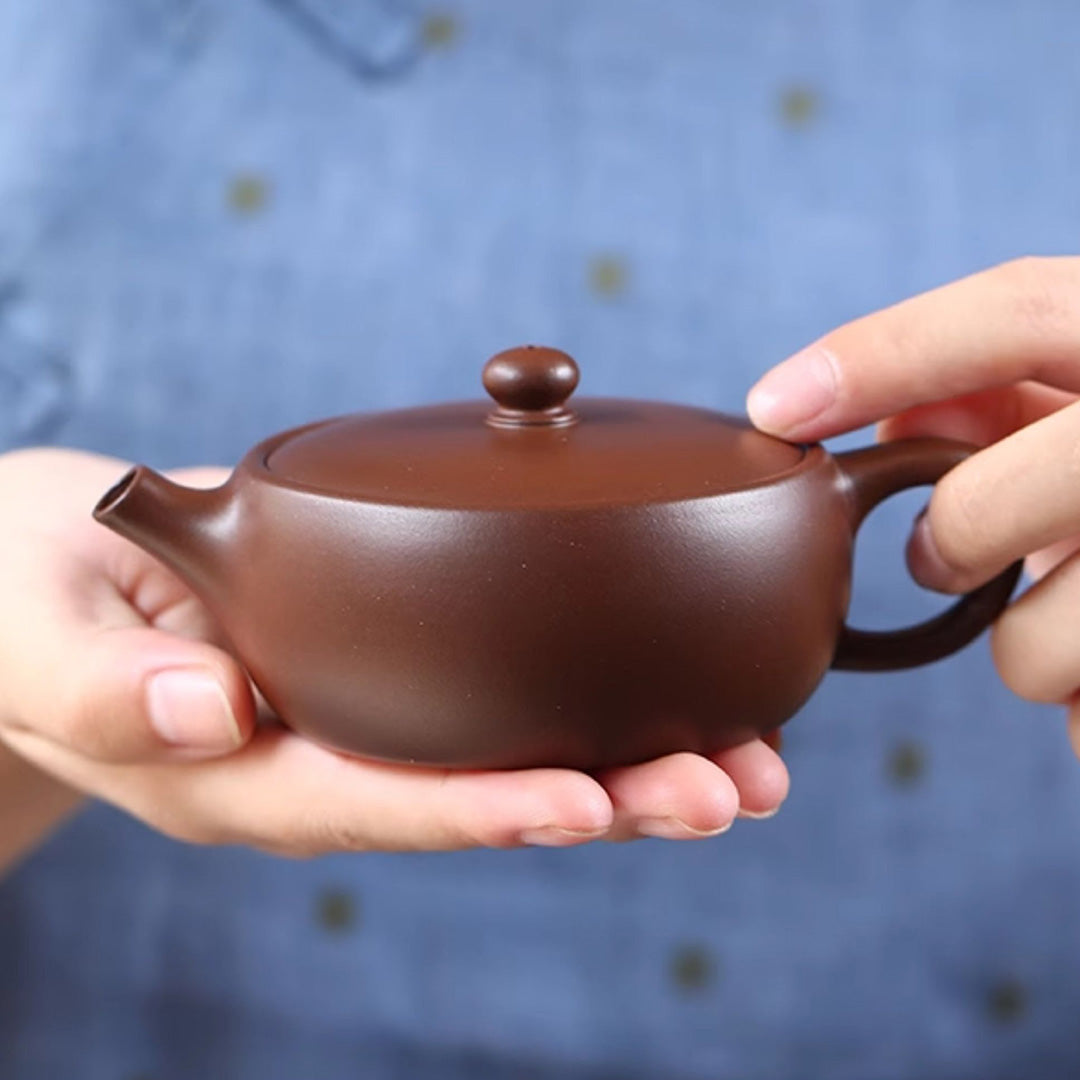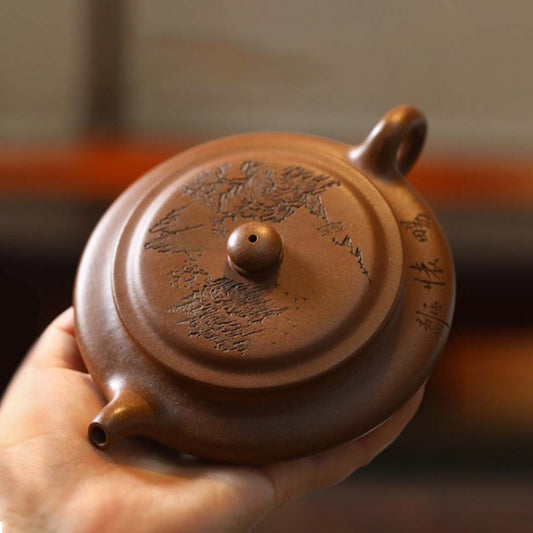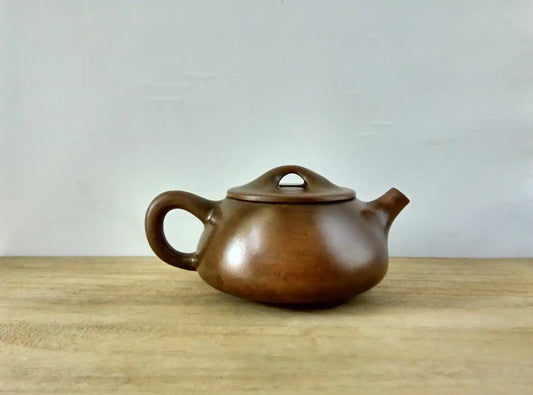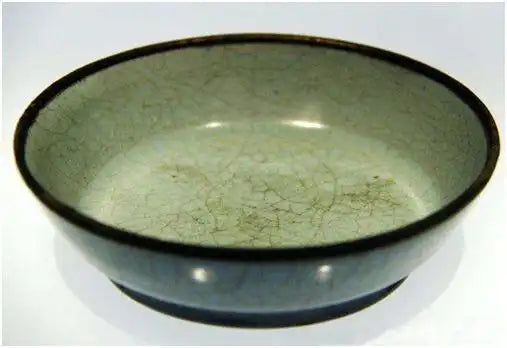The Art of Collecting Discovering Teapots Through a Modern Lens
The Art of Collecting Discovering Teapots Through a Modern Lens
Scrolling through Pinterest feels a bit like wandering through an endless gallery, each corner surprising you with its beauty. For those with an appreciation for tea, this platform unveils a world where every teapot tells a story. From the sleek lines of modern ceramics to the intricate designs of traditional Yixing clay teapots, what draws us in is more than just their functionality. It’s a testament to human creativity and the centuries of cultural heritage poured into each piece.
Consider, for a moment, the Yixing teapot. Originating from the Jiangsu Province in China, these teapots have been crafted since the 15th century. They are prized not just for their beauty but for how they enhance the flavor of tea over time. The unglazed clay absorbs the essence of the teas brewed within, creating a uniquely seasoned vessel. While browsing Pinterest, you might spy a deep maroon or dusky purple Yixing pot, its surface glossy from years of devoted use. Each image is a reminder that these pieces are not merely steeped in water but in history and tradition as well.
A contrast to the earthy Yixing is the elegance of Japanese Kyusu teapots, often spotted amidst Pinterest's digital corridors. With a side handle and a spout designed for precision pouring, the Kyusu reflects a Japanese philosophy where form meets function. Crafted from fine porcelain or Tokoname clay, these teapots are designed to brew delicate green teas to perfection. As you linger over a particularly striking Kyusu, you may consider the tea ceremonies where such a pot might have been cherished, turning a simple brew into a contemplative experience.
Then there are the modern interpretations—a testament to teaware's progression into the contemporary world. These teapots embrace minimalist aesthetics or bold, playful shapes that challenge traditional notions. What makes them fascinating is how they merge centuries-old concepts with new innovations, representing a bridge between past and present. Once again, Pinterest allows us to admire such creativity at our leisure, each pin an invitation to explore how these new teapots find their place in today's tea culture.
In the end, the allure of teapot design—whether viewed through the lens of a Pinterest board or held in your own hands—is a celebration of artistry and heritage. This digital canvas offers more than just pretty images; it provides insight into how cultures live and breathe through their craft. As you navigate this sea of visual storytelling, each teapot not only piques curiosity but also deepens appreciation for the rich tapestry of traditions that continue to evolve. And isn't that what makes our tea rituals all the more enchanting?


